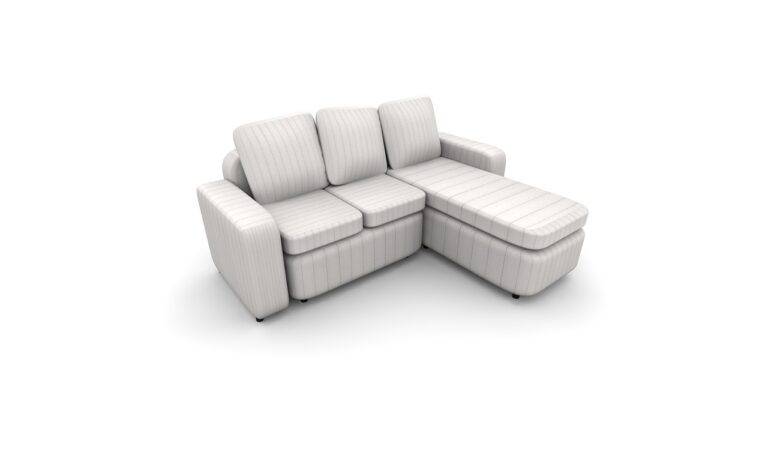How to Design a Home Gym for Fitness Success: Creating a Personal Workout Space
Having a home gym offers the convenience of skipping crowded fitness centers and exercising in the comfort of your own space. The ability to work out whenever suits you best eliminates any schedule conflicts or time constraints, making it easier to prioritize fitness in your routine.
In addition, owning a home gym provides you with the freedom to personalize your workout environment according to your preferences. You can choose the equipment, decor, music, and even the layout of the space, creating a setting that motivates and inspires you to stay consistent with your fitness goals.
Setting Realistic Fitness Goals
When it comes to setting fitness goals, it is crucial to be realistic and specific. Rather than aiming for broad goals like “getting in shape” or “losing weight,” break it down into smaller, more achievable targets. For example, setting a goal to be able to run a certain distance in a set amount of time or to increase the number of push-ups you can do is more tangible and easier to track.
Additionally, it is important to consider your current level of fitness and work within those parameters to avoid setting yourself up for failure. Starting with manageable goals and gradually increasing the intensity or difficulty over time can help prevent burnout and maintain motivation. Remember, the key is to challenge yourself while also being kind to your body and setting yourself up for success in the long run.
What are the benefits of having a home gym?
Having a home gym offers convenience, flexibility in scheduling workouts, privacy, and cost savings in the long run.
How can I set realistic fitness goals?
To set realistic fitness goals, start by identifying your current fitness level, considering your lifestyle and commitments, setting specific and measurable objectives, and creating a realistic timeline for achieving your goals. It’s important to be honest with yourself and take gradual steps towards progress.





